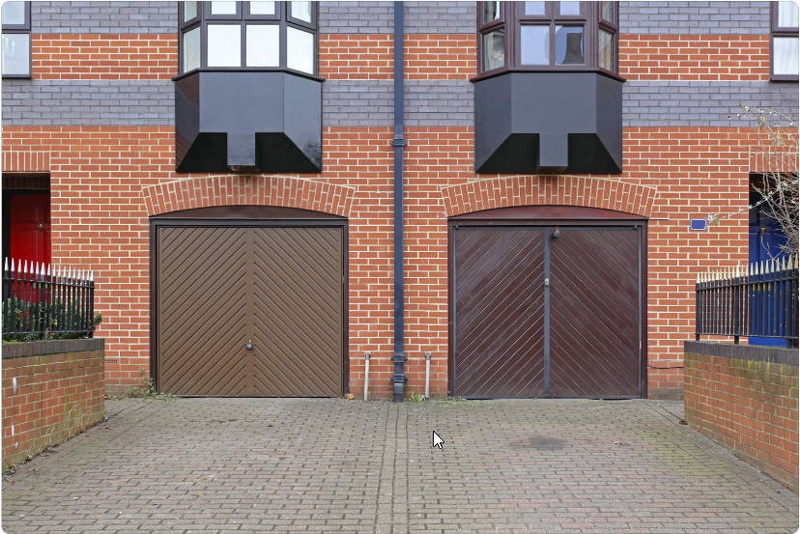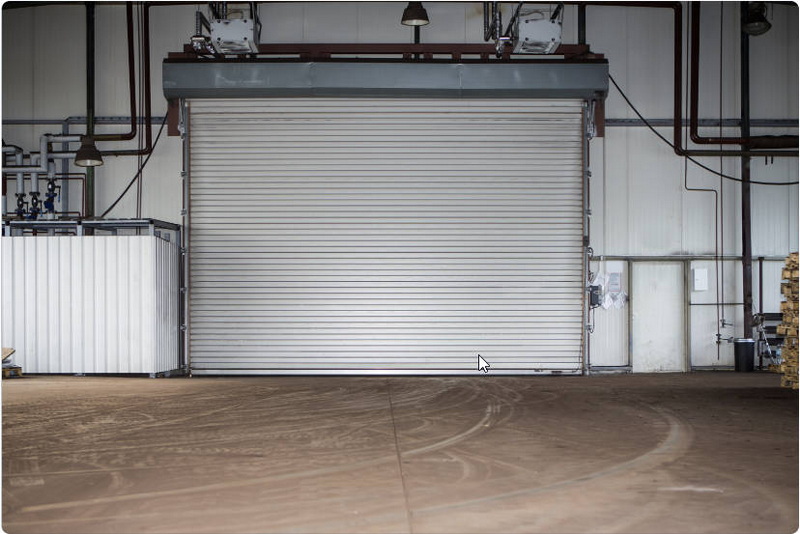English 




Views: 222 Author: Astin Publish Time: 2024-12-26 Origin: Site



Content Menu
● Understanding the Causes of Sagging
● Step-by-Step Guide to Fixing a Sagging Aluminum Storm Door
>> 4. Adjusting with a Turnbuckle
>> 5. Realigning the Door Frame
● Additional Fixes for Common Problems
>> 1. Door Not Closing Properly
>> 3. Difficulty Opening or Closing
● FAQ
>> 1. What tools do I need to fix a sagging aluminum storm door?
>> 2. How do I know if my storm door needs adjusting?
>> 3. Can I fix my storm door without professional help?
>> 4. How often should I check my storm doors for maintenance?
>> 5. What should I do if my adjustments don't work?
Aluminum storm doors are a popular choice for many homeowners due to their durability and ability to enhance energy efficiency. However, over time, these doors can sag, leading to issues with operation and sealing. A sagging storm door can create gaps that allow drafts, moisture, and insects to enter your home, compromising comfort and security. Fortunately, fixing a sagging aluminum storm door is often a straightforward process that you can handle yourself with the right tools and techniques.

Before diving into the repair process, it's essential to understand what causes a storm door to sag. Common factors include:
- Settling Foundations: Over time, homes can settle, which may affect the alignment of doors.
- Humidity and Temperature Changes: Fluctuations in humidity can cause materials to expand or contract, leading to misalignment.
- Worn or Loose Hinges: Hinges are subjected to constant stress and may become loose or worn over time.
- Improper Installation: If a storm door is not installed correctly, it may not hang properly from the start.
- Heavy Usage: Frequent use of a door can lead to wear and tear, contributing to sagging.
By identifying the root cause of the sagging, you can choose the most effective repair method.
To fix a sagging aluminum storm door, gather the following tools and materials:
- Screwdriver (Phillips or flathead depending on your screws)
- Measuring tape
- Level
- Wood shims or cardboard shims
- Turnbuckle (optional)
- Lubricant (WD-40 or similar)
- Replacement hinges (if necessary)
- Drill (if new holes are needed)
Start by examining your storm door closely. Check for any visible signs of sagging or misalignment. Use a level to see if the door is hanging straight. If one side appears lower than the other, you'll need to take corrective measures.
Often, simply tightening the hinges can resolve minor sagging issues:
1. Use your screwdriver to tighten all screws on both hinges.
2. If screws are stripped or damaged, consider replacing them with new ones for better grip.
3. Check if tightening the hinges has helped realign the door.
If tightening hinges alone doesn't solve the problem, you may need to install shims:
1. Remove the bottom hinge from the door frame.
2. Clean any dirt or debris from the hinge area.
3. Insert a shim (wood or cardboard) behind the hinge plate on the door frame.
4. Reattach the hinge and check if this adjustment has improved alignment.
5. Repeat this process with the top hinge if necessary.
Using shims helps raise the door slightly and can correct minor sagging issues effectively.
For more severe sagging issues, consider using a turnbuckle:
1. Install a turnbuckle diagonally from the bottom corner of the door frame to the top corner on the hinge side.
2. Mark where you will drill holes for mounting screws based on your measurements.
3. Drill pilot holes and attach both ends of the turnbuckle securely.
4. Adjust the turnbuckle until it pulls up on the drooping side of the door.
5. Check alignment by opening and closing the door; make further adjustments as needed.
This method provides additional support and can significantly improve alignment if your door is heavily sagged.
If your storm door is still not aligned after adjusting hinges and adding shims or a turnbuckle:
1. Check if your door frame itself is out of square using a carpenter's square.
2. Loosen screws holding the frame in place without removing them entirely.
3. Shift the frame until it appears square and aligned with your storm door.
4. Retighten all screws securely once alignment is achieved.
5. Test your storm door again for proper operation.
Realigning your door frame can be more complex but is sometimes necessary for achieving proper function.
If your hinges are old or damaged:
1. Remove existing hinges from both sides of the door.
2. Replace them with new heavy-duty hinges designed for storm doors.
3. Ensure that new hinges are installed securely and check for alignment after installation.
New hinges can provide better support for your storm door and prevent future sagging issues.

While fixing sagging is essential, there are other common problems associated with storm doors that you might encounter:
If your storm door doesn't close properly even after fixing sagging issues:
- Check for obstructions at both top and bottom of the frame.
- Inspect weather stripping; worn weather stripping may need replacement as it could prevent proper closure.
Gaps around edges indicate that adjustments might be needed:
- Use shims or adjust hinges as described earlier.
- Ensure that weather stripping is intact; replace it if it's worn out or damaged.
If opening or closing becomes difficult:
- Inspect hinges for rust or wear; lubricate them regularly.
- Ensure that no debris obstructs movement; clean tracks if applicable.
To prevent future sagging of your aluminum storm door:
- Regular Maintenance: Periodically check hinges for tightness and lubricate them as needed to ensure smooth operation.
- Avoid Excessive Weight: Do not hang heavy decorations or items from your storm door that could strain its structure.
- Proper Installation: If installing a new storm door, ensure it is done correctly according to manufacturer instructions or hire professionals if unsure.
In addition to regular maintenance checks, consider these long-term care strategies to prolong your storm door's lifespan:
1. Inspect Regularly: Make it a habit to inspect all components of your storm door every few months.
2. Keep It Clean: Regularly clean both sides of your aluminum storm door with mild soap and water to remove dirt and grime that could cause wear over time.
3. Check Seals: Ensure that seals around windows (if applicable) remain intact; replace any damaged seals promptly.
4. Weatherproofing: Consider applying weatherproofing spray on metal surfaces to protect against corrosion caused by moisture exposure.
5. Educate Family Members: Make sure everyone in your household knows how to operate the storm door properly; improper use can lead to unnecessary wear and tear.
6. Consider Seasonal Adjustments: Depending on where you live, seasonal changes may necessitate adjustments in how tightly you secure your storm doors during winter months versus summer months when humidity levels rise.
7. Monitor Weather Conditions: Be aware of extreme weather conditions that might affect your doors—heavy winds or storms may require additional checks after such events occur.
Fixing a sagging aluminum storm door is often achievable with some basic tools and techniques at home. By understanding common causes of sagging and following these steps, you can restore functionality to your storm door while improving energy efficiency in your home. Regular maintenance will help keep your doors in good condition for years to come, ensuring they operate smoothly while providing protection against harsh weather conditions.
Moreover, addressing these issues promptly not only enhances comfort but also extends the lifespan of your storm door, saving you money in potential repairs or replacements down the line.

You will need a screwdriver, measuring tape, level, wood shims or cardboard shims, lubricant, possibly a turnbuckle, drill (if necessary), and replacement hinges if required.
If your storm door does not close properly, has gaps when closed, or appears visibly misaligned when checked with a level, it likely needs adjustment.
Yes! Many homeowners can successfully fix their own storm doors by following DIY steps like tightening hinges, adding shims, or using turnbuckles for support.
It's advisable to check storm doors at least once a year for any signs of wear or misalignment, especially before extreme weather seasons.
If adjustments do not resolve sagging issues after multiple attempts, consider consulting a professional who may provide additional insights or recommend replacing components like hinges or even the entire door if necessary.
[1] https://www.thompsoncreek.com/blog/how-to-fix-sagging-storm-door/
[2] https://www.youtube.com/watch?v=xxMdyRe0dAY
[3] https://doorarmor.com/blogs/security-expert-blog/causes-of-door-sagging-and-misalignment-and-how-to-fix-it
[4] https://ltealuminium.co.za/2023/12/13/the-ultimate-guide-to-maintaining-and-cleaning-your-aluminum-windows-and-doors/
[5] https://defenderdoor.com/security-storm-door-care-guide/
[6] https://www.chicagotribune.com/1987/04/24/fix-it-tips-for-a-sagging-aluminum-door/
[7] https://diy.stackexchange.com/questions/296690/how-do-i-fix-a-metal-storm-door-that-is-too-low-on-its-hinges
[8] https://grando.vn/news/aluminum-doors-causes-and-core-nen3594.html
[9] https://www.doityourself.com/forum/doors-skylights-windows/342537-sagging-storm-door.html
Top Aluminum Furnitures Manufacturers and Suppliers in Czech Republic
Top Aluminum Furnitures Manufacturers and Suppliers in Poland
Top Aluminum Furnitures Manufacturers and Suppliers in Belgium
Top Aluminum Furnitures Manufacturers and Suppliers in Finland
Top Aluminum Furnitures Manufacturers and Suppliers in Denmark
Top Aluminum Furnitures Manufacturers and Suppliers in Greece
Top Aluminum Furnitures Manufacturers and Suppliers in Portugal
Top Aluminum Furnitures Manufacturers and Suppliers in Austria
Top Aluminum Furnitures Manufacturers and Suppliers in Norway
Top Aluminum Furnitures Manufacturers and Suppliers in Sweden
